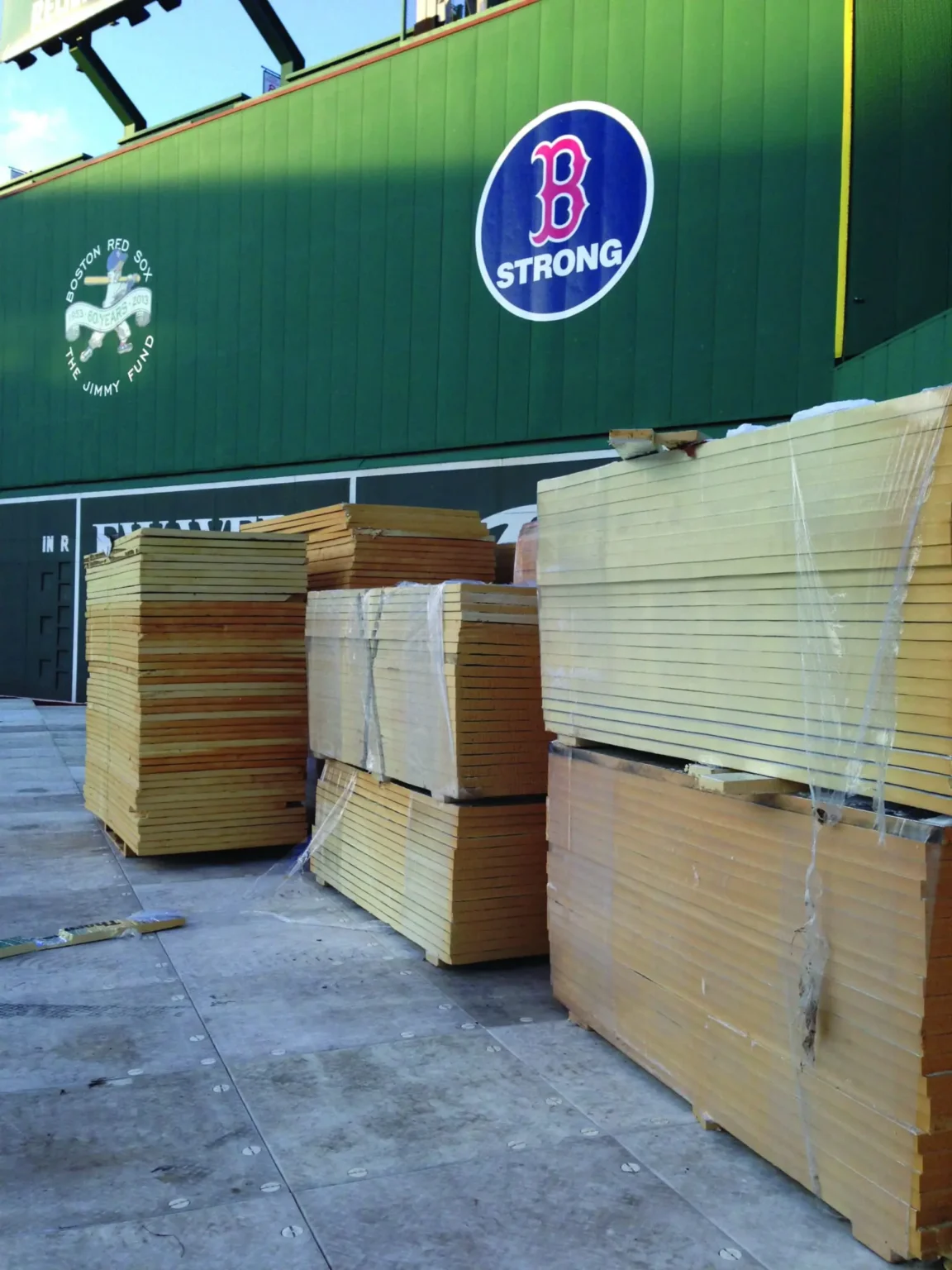
Reclaimed vs Recycled Insulation Materials
In the realm of sustainable building, the choice of insulation materials plays a pivotal role. Not only does insulation impact a building’s energy efficiency, but it also has significant environmental implications. This article aims to clarify the differences between recycled and reclaimed/surplus insulation materials, underscore the environmental costs of landfilling useful materials, and shed light on the recyclability of EPS foam.

Recycled vs. Reclaimed/Surplus Insulation Materials
Defining Recycled Materials: Recycled insulation materials are derived from used products that have been processed and transformed into new insulation. This process involves breaking down the original materials and reforming them, often saving energy and resources compared to producing new insulation from scratch.
Defining Reclaimed/Surplus Materials: In contrast, reclaimed or surplus insulation materials refer to those that are repurposed without undergoing extensive processing. These materials might be excess from construction projects or salvaged from deconstructed buildings. They are often in good condition and can be used as-is.
Comparative Analysis: While both recycled and reclaimed materials help reduce environmental impact, they differ in availability, energy efficiency, and overall carbon footprint. Reclaimed materials, for instance, often have a lower processing footprint than recycled ones.
The Environmental Cost of Landfilling Useful Materials
Waste and Environmental Impact: Landfilling insulation materials poses significant environmental threats. It contributes to the growing problem of waste management and has long-term ecological consequences. Materials that could be recycled or reclaimed end up occupying landfill space, where they may take decades to decompose, if at all.
The Lost Opportunity for Energy Savings: Discarding insulation materials also represents a missed opportunity for energy conservation. By recycling or reclaiming these materials, we can significantly reduce the energy required to produce new insulation, thereby contributing to overall energy savings.
The Recyclability of EPS Foam Insulation
Understanding EPS Foam: EPS (Expanded Polystyrene) foam is a common insulation material known for its lightweight and effective insulating properties. However, its environmental impact has been a topic of concern.
Recycling Process: Fortunately, EPS foam is recyclable. The process involves compressing the foam to reduce its size and then transporting it to specialized recycling facilities. This process can significantly reduce the volume of EPS foam, making it more feasible to recycle.
Challenges and Solutions: The main challenges in recycling EPS foam include the costs and logistics of transportation and compression. However, advancements in recycling technology and increased awareness are making EPS foam recycling more accessible and efficient.

net zero renovation of 1840’s blacksmith shop to
Case Studies and Real-World Applications
Various case studies demonstrate the successful use of recycled, reclaimed, and EPS foam insulation materials. These examples highlight the environmental benefits and energy savings achieved through these practices, showcasing the practicality and effectiveness of sustainable insulation choices.
River Architects in Cold Spring, NY used reclaimed EPS foam panels to insulate the rebuilt foundation walls of an 1840’s blacksmith shop renovation to an architectural studio. Our blog post highlights the EPS foam sourced from Green Insulation Group. You can see photos of the finished project and learn more about the sustainability focus of River Architects on the project page. Continuing our focus on recycled materials, the above foundation walls of the renovation used borate-treated waste paper insulation. The project also made use of virgin insulation materials including vapor barriers and foamglas insulation.
Making an Informed Choice
When selecting insulation materials, it’s crucial to consider their environmental impact, energy efficiency, and suitability for your specific project. Factors like climate, building design, and sustainability goals should guide your decision.
Understanding the differences between recycled and reclaimed insulation materials, as well as the recyclability of EPS foam, is essential in making environmentally responsible choices in building construction and renovation. By opting for sustainable insulation options, we can significantly reduce our ecological footprint and contribute to a more sustainable future.
Green Insulation Group: Supplier of Reclaimed/Surplus Foam Insulation Panels
For those looking to make environmentally conscious choices in insulation, consider reclaimed and surplus foam insulation boards. Green Insulation Group, located in Worcester, MA, offers a range of reclaimed and surplus foam insulation options, providing a sustainable and efficient solution for your insulation needs. Visit our website or contact us to learn more about our products and how we can assist you in making a positive environmental impact with your next building project.
